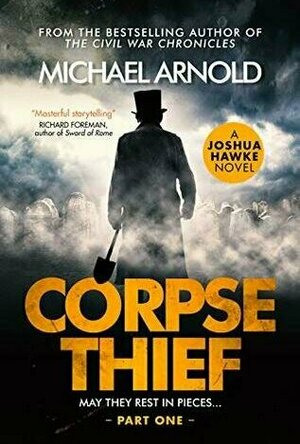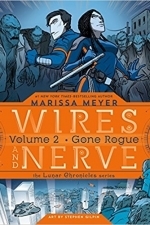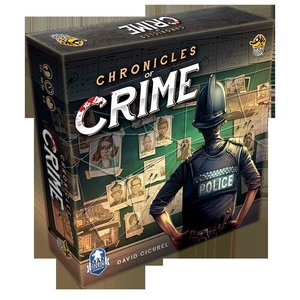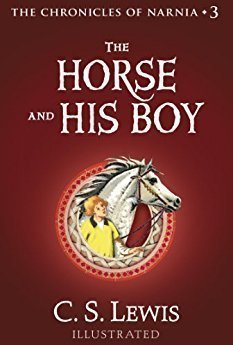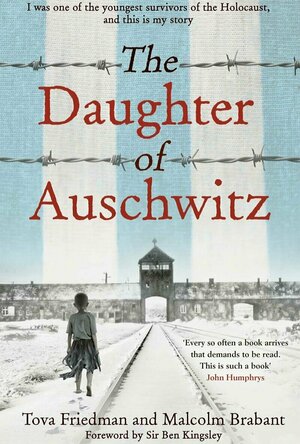
The Daughter of Auschwitz
Tova Friedman and Malcolm Brabant
Book
A powerful memoir by one of the youngest ever survivors of Auschwitz, Tova Friedman, following her...
Merissa (13585 KP) rated Right Place, Right Time (The Pilsdale Chronicles #1) in Books
Jul 20, 2023
This was a hug in a book! There is some angst but it's fairly low-key. There are some steamy scenes but they are entirely in keeping with the story and not just there to add sex appeal. And with a wonderful cast of supporting characters, plus the gorgeously described countryside, what more could I have asked for?
This was a great start to a series by a new-to-me author and I look forward to returning to Pilsdale in 2024 with the next book in the series. Definitely recommended by me.
** same worded review will appear elsewhere **
* A copy of this book was provided to me with no requirements for a review. I voluntarily read this book; the comments here are my honest opinion. *
Merissa
Archaeolibrarian - I Dig Good Books!
Jul 20, 2023
David McK (3663 KP) rated Corpse Thief (Joshua Hawke #1) in Books
Feb 26, 2022
I wasn't so sure about the setting of his new series, of which this is the first (and currently only) entry.
None-the-less, I thought I would give it a chance anyway: after all, a gin-sodden opium addicted grave robber ex-policeman who previously participated in the Peterloo massacre is hardly, shall we say, your standard protagonist!
Set in and around London's seedy underground of the 1820s, I got a strong flavour of Jack the Ripper when reading this; of a murderer who strikes at his (or her?) victims before disappearing again, and of whom the authorities seemingly have little interest in apprehending until he - or she! - jeopardises their own interests.
It's interesting, therefore, seeing the life and time from the 'other side', as it were, from the points of view of the downtrodden masses rather than from the rich and powerful.
Be aware, however, that this is NOT a self-contained novel in its own right (well, it is and it isn't), in that some major plot threads are purposefully left hanging for the inevitable sequel.
Kyera (8 KP) rated Wires and Nerve, Volume 2: Gone Rogue in Books
Jan 31, 2018
As the story focuses on Iko, there was less time dedicated to the other pairs from the series. In the first graphic novel, I felt that Cress and Thorne were given a lot of story time and that they weren't as present in the second novel. On the other hand, Scarlet and Wolf were almost nonexistent in the first and had more of a presence in the second. Meyer did a brilliant job developing the relationships further and showing readers how they have evolved despite the limited amount of text she had to work with because it was a graphic novel.
Although Iko was a supporting character in the original series, she completely stole the show and lit up every scene that she was in. It was wonderful to see her take the lead in this series and adapt to a world in which she looked human, although there were still those that constantly reminded her that she was not. She struggles to deal with the reminders that she is an android and programmed to be the way that she is, despite the fact that her closest friends never see her as anything but normal.
The three main additions to the series are the villain, the guard Kinney and his sister Tressa. I felt that the two male characters were well developed and you could understand their motivations throughout the story. Tressa felt less real and I honestly forgot who she was from the first book to the second, until reminded in the course of the story. She is an exuberant character who loves a lot of the same things as Iko, but I don't feel that I know as much about her as I wish I did so that I could connect to her more.
Overall, the plot was brilliant and the story was so engaging that I didn't put the book down from the moment I began reading it until I was on the final page. While I am saddened that this is the final graphic novel in the Lunar Chronicles, I love the world and characters so much that I hope that the series continues in some manner. I felt satisfied with the ending and feel that if it is in fact the end of the story - I am happy. I loved this series so much and being able to watch Iko shine in her own adventures.

Women's Bible (KJV Audio Version with Red Letter)
Book and Education
App
Women's Bible. King James Version. Old Testament and New Testament. With red letters to indicate the...

King James Bible. Red Letter Bible and KJV Version
Book and Education
App
The Holy Bible. King James Version. Old Testament and New Testament. With red letters to indicate...

Bible Offline App. Red Letter KJV Original Version
Book and Education
App
The Holy Bible. King James Version. Old Testament and New Testament. With red letters to indicate...

New King James Version Bible. KJV Holy Scripture
Education and Lifestyle
App
New King James Version Bible List of chapters (Old Testament): Genesis, Exodus, Leviticus, Numbers,...
Rhubarbio (27 KP) rated Chronicles of Crime in Tabletop Games
May 25, 2019
David McK (3663 KP) rated The Horse and His Boy (Chronicles of Narnia, #5) in Books
Jan 28, 2019
The answer to that is whether you go by chronological setting (in which case it's the third), or by publication date (it's the fifth).
This is also a story that I didn't remember reading as a child; however, when I was recently re-reading it I was finding plot elements to be a little-bit-more-familiar than I was otherwise expecting: perhaps I did, and had just forgotten.
Unlike [b: The Lion, The Witch and The Wardrobe|100915|The Lion, the Witch, and the Wardrobe (Chronicles of Narnia, #1)|C.S. Lewis|https://d.gr-assets.com/books/1353029077s/100915.jpg|4790821], this does not follow the Pevensie children, but rather the journey of a young boy named Shasta who discovers he was adopted and is running away to Narnia when his adoptive father is about to sell him into slavery; running away alongside/with the help of the talking horse Bree. Along the way they fall in with a girl named Aravis and her talking horse Hwin, who are also making the same escape.
While I've heard arguments recently that, in this book, CS Lewis is displaying his own racist xenophobia ('fair and white ... accursed but beautiful Barbarians'), personally I think that is reading too much into what is simply intended to be a children's Arabian Nights esque fairytale

